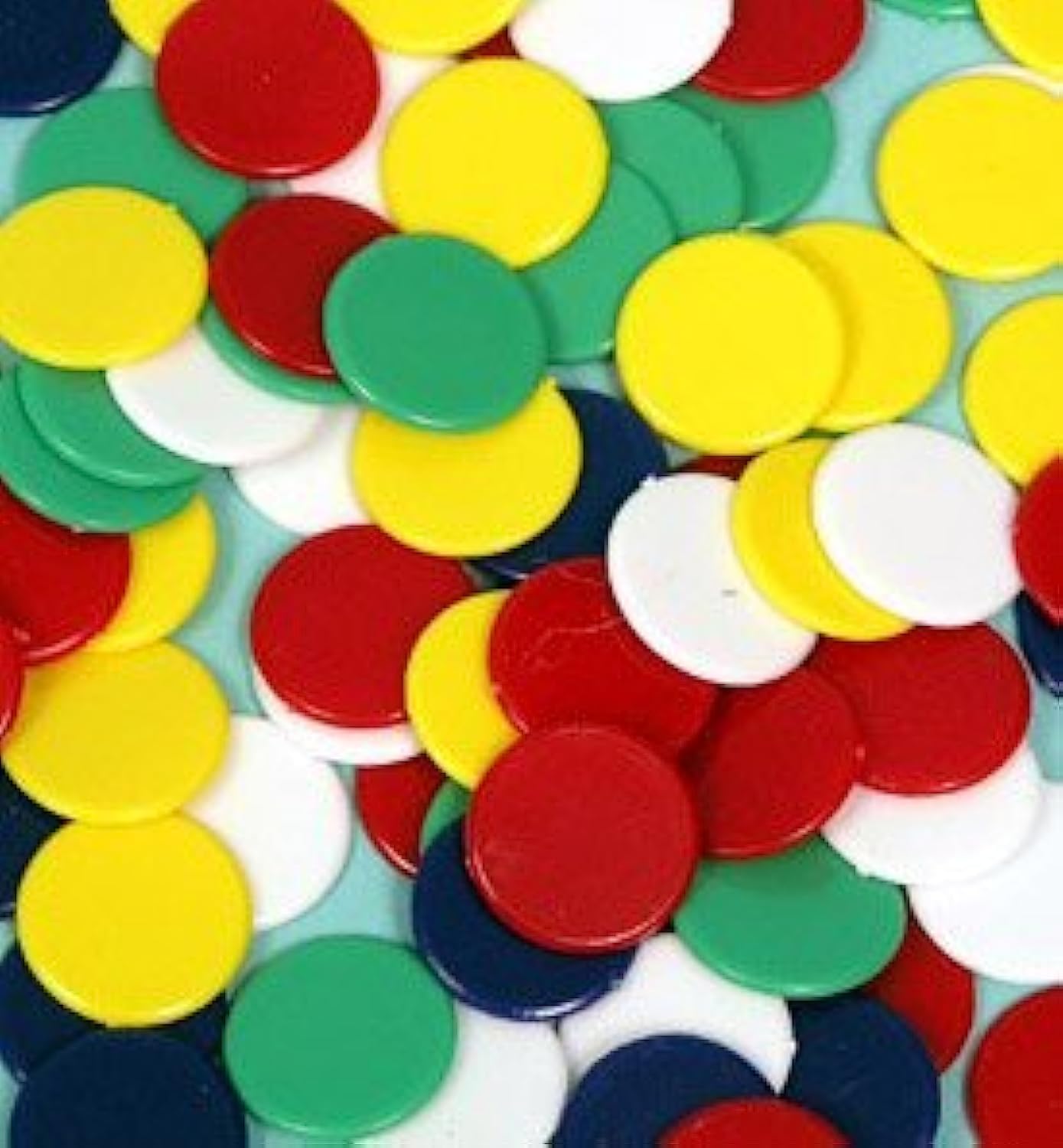About this deal
Solid-surface material is made out of a blend of acrylic particles and resins that have been pressed into sheets to create kitchen countertops. This type of material was first designed as an alternative to natural stone countertops, which its creators sought to mimic. Similar in price to granite, marble is a high-end kitchen countertop material that is known for its aesthetic appeal. Marble comes in a wide range of colors, each with marble veining or naturally occurring pattern made from mineral deposits, making it an excellent option for anyone that wants a unique countertop design. Note: reST, also known as reStructured Text, is a standard format for text files that Python uses for documentation. You’ll often see reST-formatted strings included as docstrings in Python classes and functions. Scripts that read source code files and tell the user about formatting problems are called linters because they look for metaphorical lint in the code. Engineered stone quartz is an ideal option if you don't have the budget but want the natural stone appearance of marble or granite. This type of countertop material is made of about 90 percent quartz particles, mixed with other minerals to create a strong, durable product that is resistant to staining. Garen’s kill pressure in the early game can be difficult to handle if you’re playing as a tank. Respect his all-in and try and avoid trading with him unless his Q is down.
One of the top choices for kitchen countertops is granite. This material is a popular option that is durable and tough, allowing the granite to stand up to impact and abrasive damage. Additionally, this material is resistant to heat, making it an ideal choice for the kitchen.for count , value in enumerate ( values , start = 1 ): ... print ( count , value ) ... 1 a 2 b 3 c Copied!
You should use enumerate() anytime you need to use the count and an item in a loop. Keep in mind that enumerate() increments the count by one on every iteration. However, this only slightly limits your flexibility. Since the count is a standard Python integer, you can use it in many ways. In the next few sections, you’ll see some uses of enumerate(). Natural Count of Iterable Items Stainless steel is commonly used in commercial kitchens due to the nonporous construction that makes it easy to keep clean. This is one of the types of countertops for the kitchen that resists mold, mildew, and staining, though the longer you leave a splash or spill, the more difficult it is to clean. def even_items ( iterable ): ... """Return items from ``iterable`` when their index is even.""" ... values = [] ... for index , value in enumerate ( iterable , start = 1 ): ... if not index % 2 : ... values . append ( value ) ... return values ... Copied! for count , ( one , two , three ) in enumerate ( zip ( first , second , third )): ... print ( count , one , two , three ) ... 0 a d g 1 b e h 2 c f i Copied! Join us and get access to thousands of tutorials, hands-on video courses, and a community of expert Pythonistas:To get a better sense of how enumerate() works, you can implement your own version with Python. Your version of enumerate() has two requirements. It should: This material comes in a variety of styles, colors, and patterns, making it easy to find the right look for your kitchen. The nonporous surface keeps out mold and bacteria while preventing stains from forming on the countertop.
The wood is tough and durable, allowing it to stand up to years of use without failing. However, the fibrous nature of wood means that the surface of the countertop can become scratched, stained, or even burned. You can sand and reseal the wood about once every two to three years or as necessary to restore the original appearance of the countertop. Q2. The control signal functions of a 4-bit binary counter are given below (where X is “don’t care”) Putting in a ceramic tile countertop is an inexpensive option for the kitchen. It's hard, durable, and resistant to heat, though the size of each tile can impede the functionality of the countertop, making it more difficult to prepare food and keep clean. index = 0 >>> for value in values : ... print ( index , value ) ... index += 1 ... 0 a 1 b 2 c Copied!Concrete countertops can be color-tinted or may have decorative textures added to improve the look and feel of the material. It's scratch-resistant and heat-resistant, though the porous construction is vulnerable to moisture, bacteria, and staining. With this example, one common bug that can occur is when you forget to update value at the beginning of each iteration. This is similar to the previous bug of forgetting to update the index. This is one reason that this loop isn’t considered Pythonic. my_enumerate() takes two arguments, sequence and start. The default value of start is 0. Inside the function definition, you initialize n to be the value of start and run a for loop over the sequence. Many counters provide additional input signals to facilitate dynamic control of the counting sequence, such as: By using zip(), you can iterate through first, second, and third at the same time. In the for loop, you assign the element from first to one, from second to two, and from third to three. Then you print the three values.
And we see Q3 and Q1 are 1 here, if we give NANDof these two bits to clear input then counter will be clear at 10 and again start from beginning. seasons = [ "Spring" , "Summer" , "Fall" , "Winter" ] >>> my_enumerate ( seasons )
 Great Deal
Great Deal 